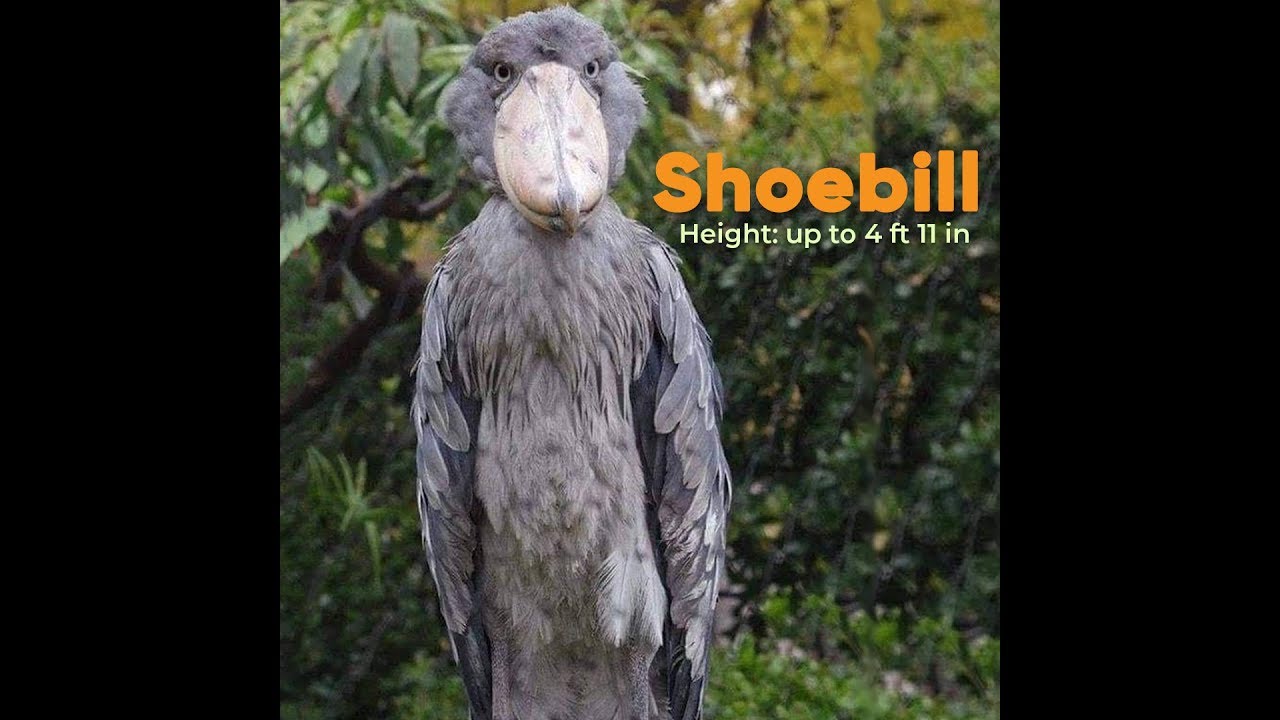- Vietnamese Dragon Chicken – Also known as the “dong tao chicken,” these birds are a rare breed of chicken with bulbous, enlarged feet Being difficult to breed because of their large legs, they are considered an expensive delicacy. A pair of these chickens can cost as much as £1,600 (1,933 USD).
- Goliath Frog – This beast of a frog is the largest living frog on Earth. It grows up to 33 cm (13 in) long and can jump 5 m (16.4 ft) in a single bound. Male goliath frogs have been observed to move rocks as heavy as 2 kg (4.4 lb) for building nests in streams to protect their hundreds of eggs after breeding.
- Black Squirrels – These rare squirrels account for only one out of 10,000 grey squirrels in the eastern states of the US and Canada. Interestingly, they are not really a different species of squirrels. They just have more melanin, the pigment responsible for giving color to our skin, hair, and eyes.
- Gharial – Gharials are a critically endangered species of crocodilian native to northern India. Their habitat has been reduced to 2% of its historical range. These creatures are one of the longest of all living crocodilians, growing up to 20 ft long. They can be easily recognized by their unusually long, thin snout with a rounded, pot-like structure at the end.
- Pallas’ Cat – This grumpy-looking Pallas’ cat, also known as a “manul,” is from the grasslands of Central Asia. Their hair is really long and they have the densest fur of all cats. Because of this, they appear to be very big although they are really about the same size as a domestic house cat.
- Shoebill – The shoebill, native to tropical East Africa, is one of the tallest birds in the world, reaching as high as 4 ft 11 in. They use their large beaks for eating large fish and sometimes even snakes and baby crocodiles. They are also known for standing still like a statue for long periods of time.
- Capybaras – Capybaras are the largest living rodents in the world and are native to South America. The adults typically weigh 35 to 66 kg (77 to 146 lb). They are very social and get along with a wide variety of animals quite easily.
- Glaucus Atlanticus – Also known as the “blue dragon,” this bright-blue creature is a stinging sea slug that feeds on other stinging predators like the Portuguese man o’ war. They float upside down using the water’s surface tension to stay afloat and get carried by the currents.
- Pygmy Falcon – Reaching no more than 20 cm (8 in) long, the pygmy falcon is the smallest raptor (bird of prey) on the African continent. The females breed with more than one male at a time. A single pygmy falcon nest often has more than two adults providing warmth and security to the young.
- Ceylon Frogmouth – Native to Sri Lanka and the Western Ghats of southern India, these angry-looking birds get their name from their huge frog-like gape when they open their beaks. Their feathers, which look like dried leaves, make it difficult to spot them when they roost quietly in the trees.
